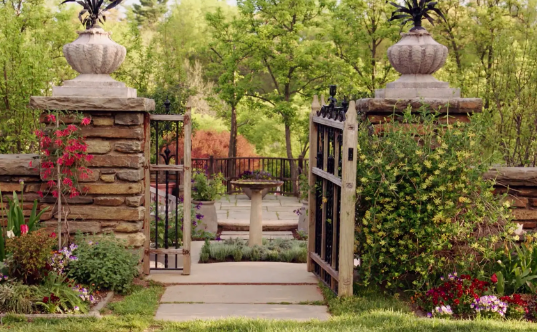Beatrix Farrand: A Pioneer of American Landscape Architecture
Beatrix Farrand, one of the most influential landscape architects of the early 20th century, played a vital role in shaping American landscapes. Her work not only enhanced the beauty of public spaces and private gardens but also laid the foundation for modern landscape architecture. Understanding her contributions helps us appreciate the artistry and environmental consciousness in landscape design today.
Roots of a Visionary
Born in 1872 into a well-connected family, Beatrix Farrand was inspired early on by her surroundings and the beauty of nature. She studied at the New York School of Applied Design for Women and soon became a pioneer in a male-dominated field. Her education and an aesthetic sensitivity to natural beauty shaped her unique approach to landscape design. Farrand emphasized the importance of blending gardens with their surrounding environments, making her one of the first to advocate for integrating functional elements with artistic sensibilities.
Innovative Designs and Techniques
Farrand’s design philosophy was characterized by her innovative techniques and use of native plants. She believed in creating gardens that were both beautiful and practical, often utilizing local species that thrived in their habitats. One of her most famous projects, the gardens at Dumbarton Oaks in Washington, D.C., exemplifies her skillful use of space, color, and texture. The gardens feature serene pathways, lush plantings, and carefully crafted vistas, demonstrating her ability to create enchanting landscapes that invite exploration and reflection.
Legacy of Environmental Awareness
Farrand was not only a designer but also an advocate for environmental sustainability. She understood the importance of preserving natural ecosystems and promoting biodiversity. Her emphasis on using native plants laid the groundwork for future ecological approaches in landscape architecture. As a founding member of the American Society of Landscape Architects, she championed the profession and trained a generation of landscape architects who continued her vision for responsible and beautiful design. Today, her legacy inspires environmentally conscious landscape practices that resonate with contemporary audiences.
In Conclusion
Beatrix Farrand’s contributions to American landscapes continue to influence how we perceive and design our environments. Her innovative techniques and dedication to sustainability set a high standard in landscape architecture. Interested in exploring more about her work? Visit local gardens inspired by her designs or check out books dedicated to her life and practices—there’s much to discover in the beautiful world she helped create!

